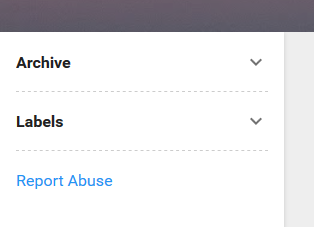The Basics of Personal Finance: Budgeting, Saving, and Investing
Personal finance is something I have been doing for a long time now.
In the beginning, I had to track my expenses to make ends meet. When my financial situation was improving, I was just interested in where my money was going on a monthly basis. Then by tracking both expenses and incomes I was able to see clearly how much I saved each month, or on the contrary, "borrowed" from my savings.
One thing led to another, and here I am tracking, planning, saving and considering investments.
As you can see, personal finance is a topic that affects everyone, regardless of income or background. At its core, personal finance is all about making smart financial decisions that help you reach your financial goals.
The three fundamental aspects of personal finance are budgeting, saving, and investing.
Let's explore these topics in more detail and learn some basic tips and strategies for getting started.
Budgeting
The first step to taking control of your finances is creating a budget. A budget is simply a plan for how you will spend your money over a certain period of time. It helps you track your income and expenses, and identify areas where you can cut back or save more. To create a budget, follow these steps:
- Determine your income: Calculate your total income from all sources, including your salary, bonuses, and any other income you receive.
- Identify your expenses: Make a list of all your monthly expenses, including rent or mortgage payments, utilities, groceries, transportation, entertainment, and any other bills or expenses you have.
- Categorize your expenses: Once you have a list of your expenses, group them into categories like housing, food, transportation, etc. This will help you identify areas where you may be overspending.
- Set your budget: Determine how much you want to spend in each category and allocate your income accordingly. Be sure to set aside money for savings and emergencies as well.
Saving
Saving is an important part of personal finance because it helps you build financial security and prepare for unexpected expenses. Here are some tips for saving:
- Start small: Even if you can only save a small amount each month, it's better than nothing. Set a savings goal and work towards it gradually.
- Make it automatic: Set up automatic transfers from your checking account to your savings account each month. This will make saving a habit and help you stay on track.
- Cut back on unnecessary expenses: Look for ways to reduce your expenses so you can save more. For example, try cooking at home instead of eating out, or canceling subscriptions you don't use.
Investing
Investing is still something I am learning to do right. However, I have already gained some valuable experience.
So, investing is a way to "grow" your money over time and build long-term wealth. Here are some basics to keep in mind:
- Start early: The earlier you start investing, the more time your money has to grow. Even small amounts can make a big difference over time. Unfortunately, I missed this opportunity, that's why I cannot boast of great achievements here yet.
- Diversify your portfolio: Don't put all your money into one investment. Spread your risk by investing in a variety of assets, such as stocks, bonds, and mutual funds. And not only that.
- Stay informed: Keep up with the latest news and trends in the market to make informed investment decisions.
Let's Sum It Up
Budgeting, saving, and investing are essential components of personal finance. By following these basic principles, you can take control of your finances and work towards your financial goals.
Remember to start small, stay disciplined, and seek guidance when needed. With time and effort, you can build a strong financial foundation and achieve financial freedom.
(The image source is https://www.pexels.com/photo/person-putting-coin-in-a-piggy-bank-3833052/ )




Comments
Post a Comment